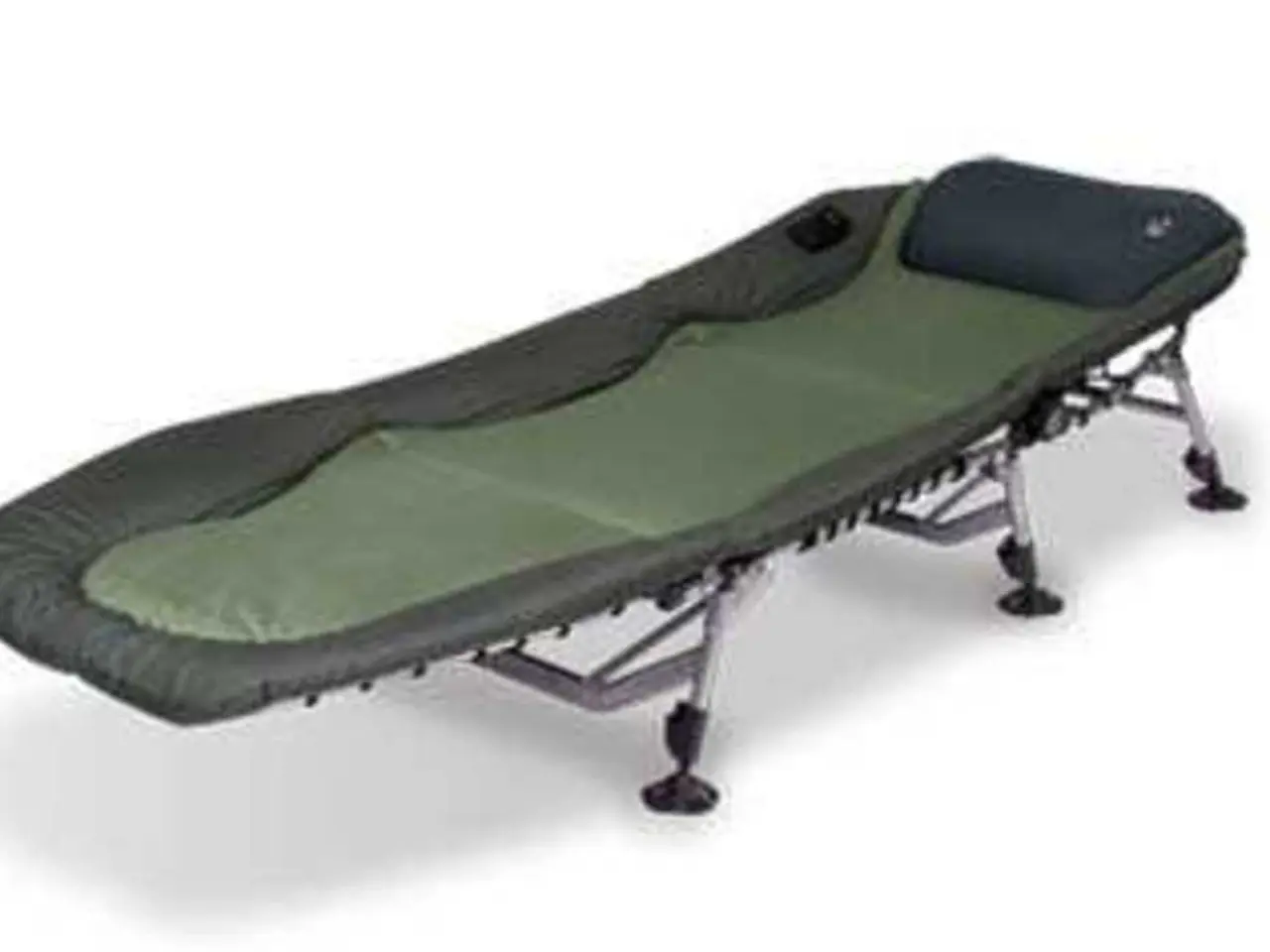Experiencing pain after knee replacement surgery? Learn about handling discomfort and when to seek medical assistance
Managing pain effectively and preventing complications are essential for a successful recovery following knee replacement surgery. Here's a guide to common pain management methods, exercises, and precautions recommended by healthcare professionals.
## Pain Management Methods
Pain management is a crucial part of the recovery process. Over-the-counter anti-inflammatory drugs and pain relievers, such as ibuprofen or acetaminophen, are commonly used. In some cases, stronger pain medications like opioids may be prescribed, although their use is generally discouraged due to potential side effects and addiction risks.
Physical therapy plays a significant role in pain relief and improving mobility. Targeted exercises to strengthen the muscles around the knee are essential, and it's crucial to follow a physical therapist's guidance. Alternative therapies like acupuncture or manual therapy may also benefit some patients, although these are less frequently recommended.
## Exercises and Physical Activity
Range of motion (ROM) exercises and strength training are vital for improving knee mobility, flexibility, and supporting the joint. Regular practice of ROM exercises helps regain full mobility, while strength training builds muscle strength around the knee, enhancing overall recovery. Low-impact activities like swimming or cycling can also help increase blood flow and promote healing without straining the knee.
## Precautions to Prevent Complications
Weight-bearing activities should be limited initially to protect the knee, using aids like crutches or walkers if necessary. High-impact activities like running or jumping should be avoided to prevent excessive stress on the new joint. Infection prevention is crucial, so ensure sterile conditions during follow-up care and follow any prescribed antibiotics to prevent infection.
To reduce the risk of blood clots, use blood-thinner medications or wear supportive stockings as recommended by your healthcare provider. Regularly meet with your healthcare provider to monitor recovery and address any concerns early.
After surgery, it's essential to keep the wound clean and dry and change any dressings as directed by your surgeon. Early postoperative exercises, such as quadriceps sets and straight leg raises, are crucial for strengthening the knee and restoring its movement. Gentle ankle and foot exercises may also help reduce swelling and the risk of blood clots.
It's crucial to take opioids only as prescribed and to stop taking them as soon as the pain is manageable with other medications. The AAHKS recommend avoiding soaking the incision in water for 3-4 weeks after surgery or until it has properly healed.
By combining these strategies, patients can effectively manage pain and minimize the risk of complications after knee replacement surgery. Physical therapy and exercises are essential for speeding recovery and reducing postoperative pain. The healthcare team provides a combination of medications to reduce pain and limit swelling, and it's essential to adhere to their advice for a successful recovery.
Chronic pain management is an integral part of the healthcare routine, especially for individuals with medical-conditions like chronic diseases or mental-health disorders. Science continues to advance our understanding of pain relief and health-and-wellness, with new treatment options being developed regularly. Adhering to healthcare professional's recommendations for medication, exercise, and precautions is crucial during the recovery period, particularly after undergoing knee replacement surgery or other medical procedures.




